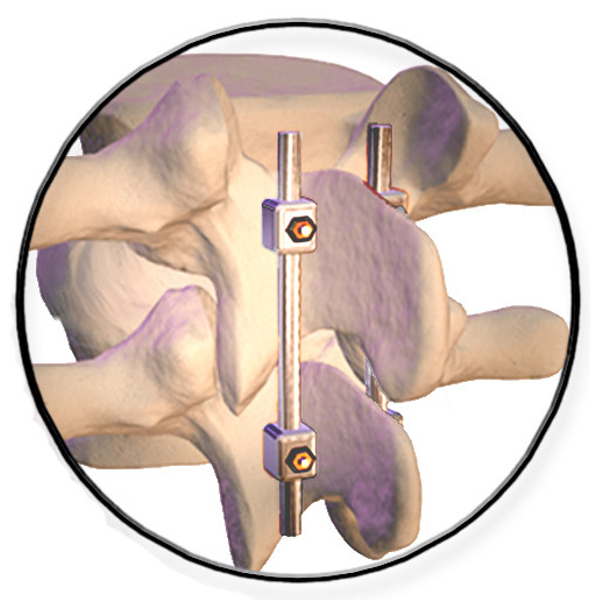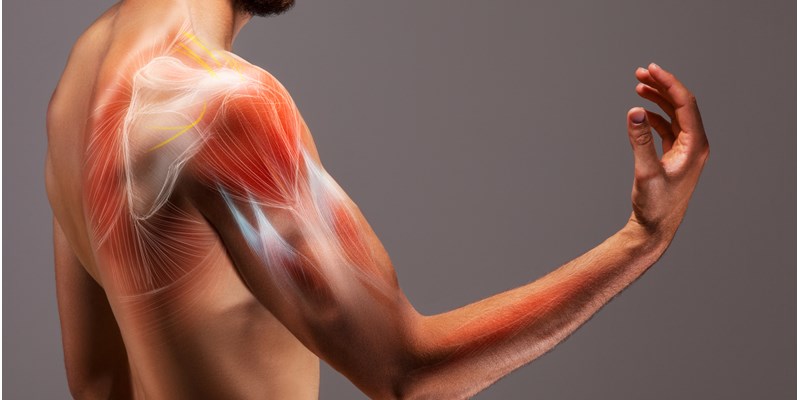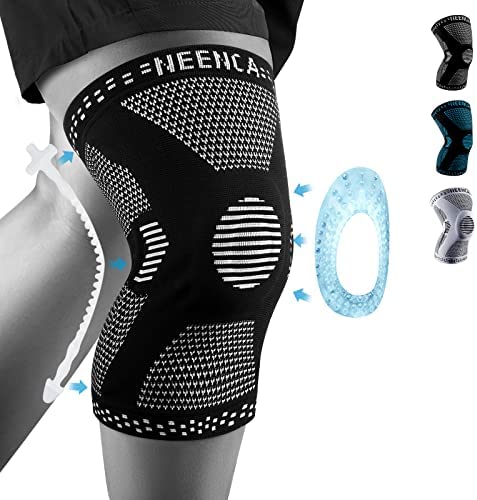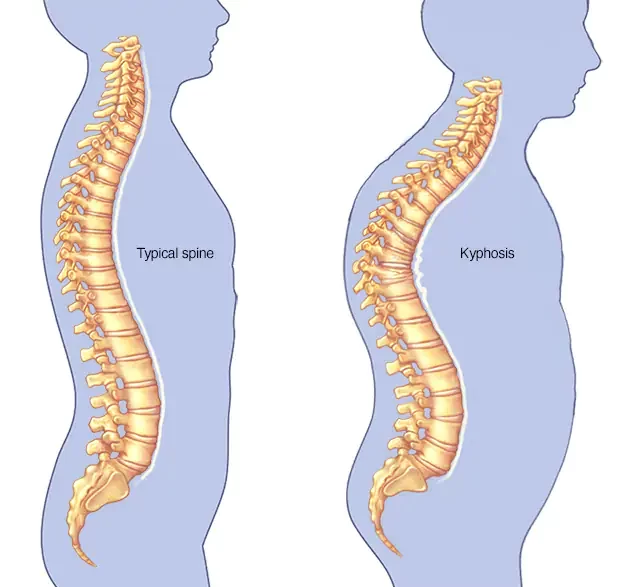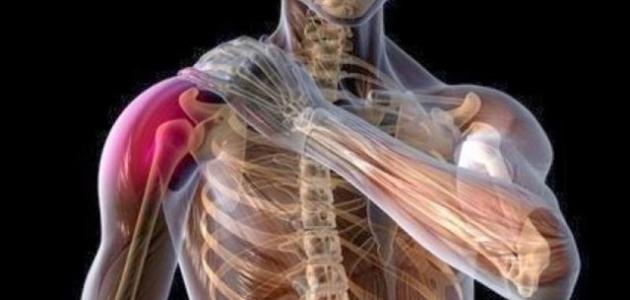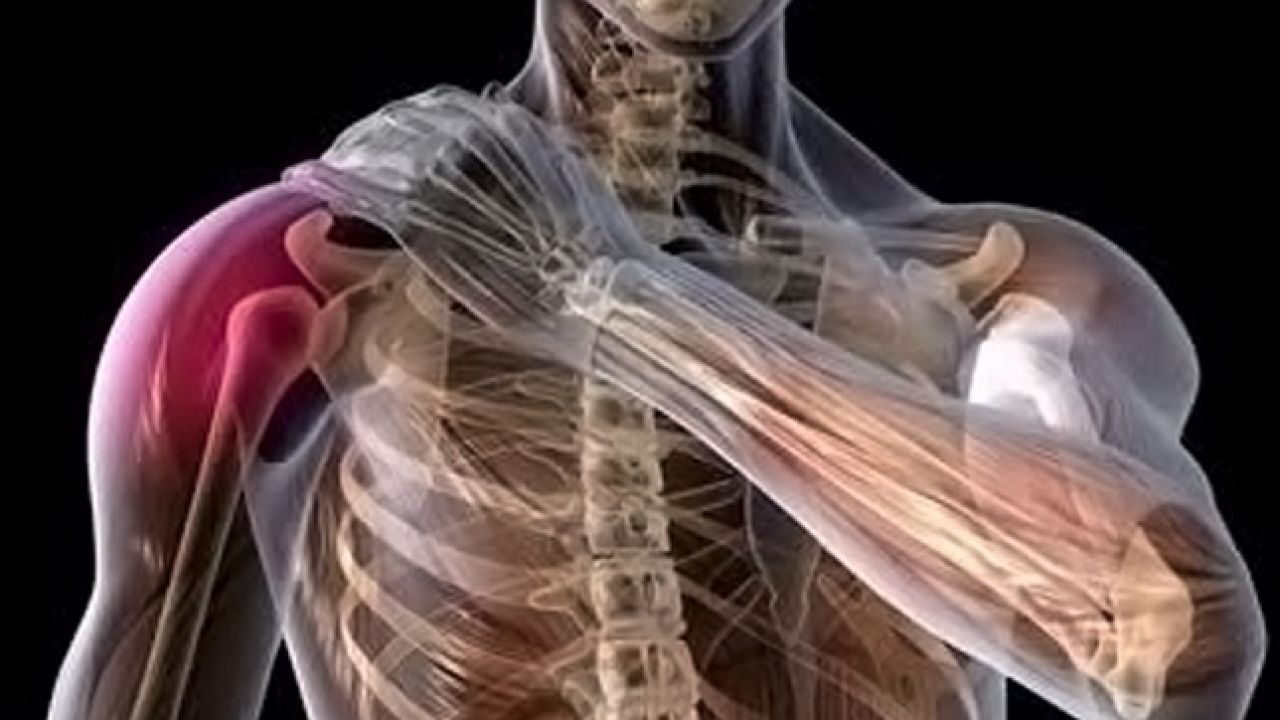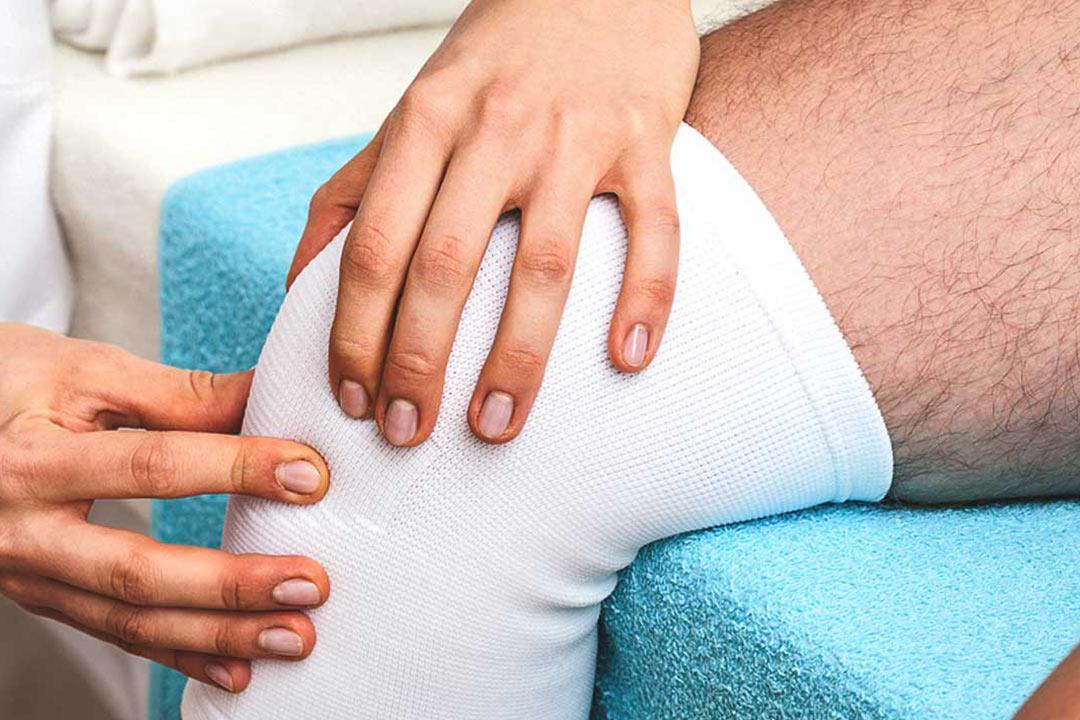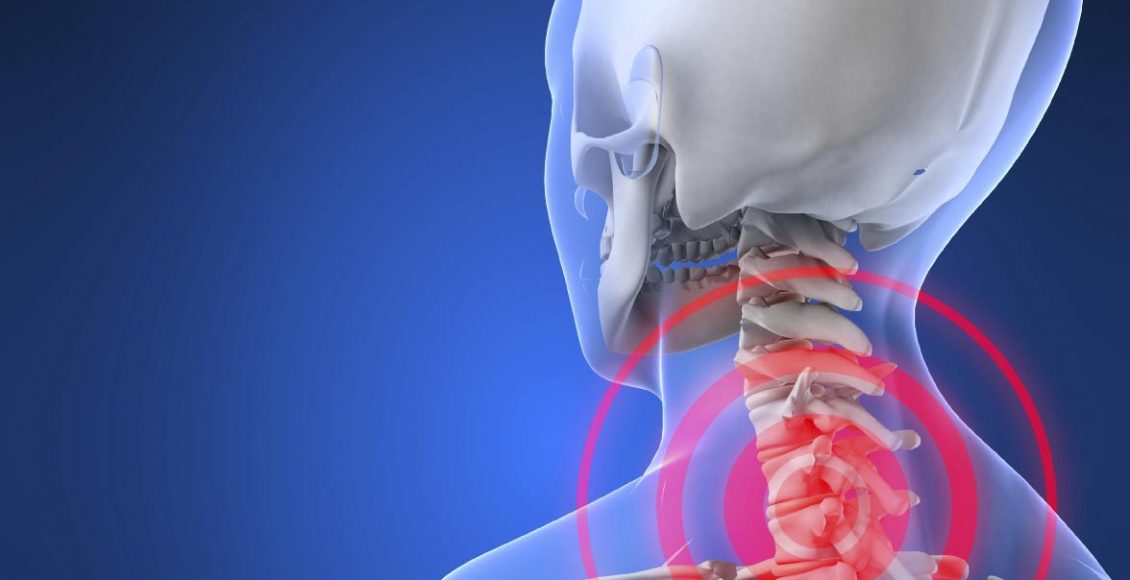Get to know the best doctor for installing plates and screws for fixing and treating fractures and the final cost of the procedure!
Doctor for Installing Plates and Screws for Fixing and Treating Fractures. Many people suffer from fractures in the body that require surgery for the installation of plates and screws. One of the main concerns for patients is choosing the right doctor to perform the surgery. Through this article, we will shed light on the types of fractures, how they are diagnosed, the necessary surgical procedures, and the potential complications. Follow us to learn everything new.

Doctor for Installing Plates and Screws for Fracture Fixation and Treatment
Installing plates and screws to treat and stabilize fractures requires a skilled doctor with extensive experience in this type of surgery. We recommend one of the best orthopedic surgeons, Dr. Amr Amal, a consultant in orthopedic and joint surgery at Ain Shams University. Dr. Amr has over 10 years of experience in this field, providing comprehensive diagnosis and examination of the patient to assess their condition. He relies on modern techniques and devices to provide treatment tailored to the patient’s condition and has achieved excellent results in treating both simple and complex fractures in various bones of the body. Dr. Amr is known for his cheerful personality and excellent communication style with patients, providing the necessary care.
Types of Fractures
There are several types of fractures, varying in severity and fixation methods, including:
- Open fractures: These are fractures accompanied by wounds and openings in the skin and are considered the most dangerous types.
- Closed or complex fractures: These are fractures that do not result in external open wounds or holes in the skin.
- Complete fractures: The fracture completely splits the bone into two or more pieces.
- Partial fractures: These are incomplete fractures where cracks and fissures occur in the bones without complete separation.
- Displaced fractures: A type of fracture where bone fragments are misaligned on one side of the fracture, creating a large gap and requiring surgical intervention for repair.
- Stress fractures: Fractures that involve small cracks in the bone, often difficult to detect with imaging techniques.
- Greenstick fractures: Common in young children whose bones are more flexible, where the bone bends significantly rather than breaking.
- Diagnosing Fractures
The doctor diagnoses bone fractures through the following steps:
- Examining the fracture site.
- Requesting X-rays of the fracture area.
- Depending on the patient’s condition, the doctor may also request a CT scan, MRI, or bone scan.
- When is Fracture Fixation Surgery Needed?
Patients need surgery for fracture fixation with plates and screws in the following cases:
- Suffering from multiple fractures in one location.
- Fractures in certain sensitive areas of the body.
- If the fracture extends to the bones of the joint.
- Fractures resulting from a strong collision accident.
- Damage to the ligaments surrounding the broken bone.
- If the fracture is displaced, unstable, or not fixed in position.
- Presence of small bone fragments moving freely near the joint to prevent them from entering and damaging it.
- How Long Does Fracture Fixation Surgery Take?
Get the best results in plate and screw installation surgeries with Dr. Amr Amal, who combines high expertise and advanced techniques to ensure your quick recovery and improved function of the broken bone.
The duration of fracture fixation surgery varies depending on the severity and type of fracture, as well as the efficiency and skill of the doctor performing the surgery and their years of experience in this type of operation. Typically, fracture fixation surgeries take only a few hours. If you want to learn more about the details of vertebral fixation surgery with plates and screws and the time it takes, click here.

Types of Plates and Screws
Orthopedic surgeons use three known types in the process of fixing fractures. We will detail each type as follows:
- Plates: There are up to five types of plates, considered one of the best therapeutic methods used in internal fixation of fractures and in rebuilding and stabilizing the bones again.
- Screws: Similar in appearance to the screws found in computers, they can have a flat head or a Phillips head. They are used to tighten areas damaged by fractures and also to repair broken bones and restore strength to a specific weak area.
- Prosthetics: Orthopedic surgeons use various types of orthopedic devices to replace joints or broken bones or to strengthen damaged bones. These are widely used in knees and hips to help patients fully regain joint mobility.
How Much Does Installing Plates and Screws Cost?
Installing plates and screws is considered a moderately priced surgery in Egypt, depending on the type of screws used, the installation method, the fracture’s condition, and the surgery’s difficulty. Generally, the price of an intramedullary nail ranges from 40,000 to 50,000 Egyptian pounds.
The cost varies depending on each doctor’s experience and the hospital’s level of care, cleanliness, and sterilization. If you want more information related to the cost of plate and screw surgery and the best doctor to perform it, you can read this article.
When is Installation of Plates and Screws Necessary?
Some cases require the installation of plates and screws, which include:
- Fractures close to a joint, potentially causing damage at any time.
- Fractures that affect not only bones but also damage blood vessels, muscles, and surrounding ligaments, requiring immediate surgery to repair.
- Severe fractures resulting from a traumatic and violent accident, unresponsive to external treatments like casts.
- Fractures with bone fragments or shards that need cleaning and removal, followed by stabilization for proper healing, possible only through surgery.
- Unstable fractures, where the doctor resorts to internal fixation using plates and screws.

After Plate and Screw Surgery
Installing plates and screws, like other surgeries, requires a longer time for healing and recovery. Patients should follow these instructions after surgery to speed up recovery:
- Avoid moving the broken bones after surgery to prevent pain.
- Consume a healthy, balanced diet and reduce weight for quick recovery.
- Keep dressings away from water for two weeks after surgery.
- Use crutches to reduce pressure on the affected area.
- Avoid engaging in strenuous activities or returning to work without consulting the doctor.
- Regularly visit the doctor for follow-ups to minimize the risk of complications from bone fractures.
Is Installing Plates and Screws Painful?
Fractures won’t have power over your life. Seek Dr. Amr Amal’s help and benefit from innovative techniques in installing plates and screws for rapid healing and restoration of strength and movement.
Generally, patients do not feel pain from the plates and screws themselves, but typically the pain felt is from the surgical incision made during the operation. This pain gradually diminishes after the surgery if the patient adheres to taking anti-inflammatory drugs and pain relievers and follows the doctor’s instructions to reduce the load and pressure on the affected part.
Do Plates and Screws Have Side Effects?
Installing plates and screws does not cause any harm to the body as they are designed to possibly remain in the body for a lifetime. However, taking necessary precautions and following doctors’ instructions helps speed up the recovery and healing process and also prevents complications that may arise after installing plates and screws, which include:
- Persistent pain that may increase over time.
- Elevated body temperature.
- Possible infection in the broken part.
- Irritation from the metals used in screws and plates.
- Potential problems in the growing skeletal structure, especially in children.
- Plates and screws may cause excessive pressure on the affected area.
If such issues occur, the doctor may remove the plates and screws used to fix the broken bones, and then the patient may start feeling relief. This is usually done a year after the surgery to avoid re-fracturing the bone. For more information regarding the complications arising from installing plates and screws, you can refer to the following article.
Do Plates and Screws Affect Walking?
After undergoing surgery for installing plates and screws, the patient will be able to walk normally again once the recovery and healing period, which can take up to a full year, is completed. Patients should follow certain instructions and advice for faster recovery and healing, which include:
- Consulting the treating doctor about taking suitable vitamins and minerals and their significant role in bone building.
- Following a healthy, balanced diet rich in calcium, magnesium, and protein, which play an effective role in bone building and restoring their function.
- Consulting the doctor about the appropriate timing for exercising and starting physical therapy sessions.
- Avoiding unhealthy habits such as smoking, which can delay wound healing.
When is Walking Allowed After Installing Screws?
The ability of a person to walk after installing plates and screws depends on the severity of the fracture and its location. Patients are usually allowed to walk partially immediately after the surgery, without fully loading or pressuring the leg, using crutches to reduce this load. Early, careful walking helps with bone healing and rapid recovery, in addition to rehabilitative physical therapy the patient undergoes immediately after surgery, which aids in success by strengthening the muscles and ligaments around the leg and enhancing walking and movement capabilities. “We understand the importance of regaining your natural movement after fractures. Rely on Dr. Amr Amal and his team for installing plates and screws to achieve proper bone healing and improve the function of the affected organ. The following video will explain the matter in more detail.
When are Plates and Screws Removed?
The timing determined by the doctor for removing plates and screws from a patient varies with each case. In children or young adults who are still growing, plates and screws in the case of compound fractures are often removed after a period not exceeding a year and a half, by which time the bones would have healed well and fully recovered. However, if the plates or screws have damaged the bones, such as coming out of place and embedding in the joint, the doctor removes them immediately before the bones heal.
Normally, plates and screws are removed after complete bone healing, but some cases require their urgent removal, such as if there is a defect in the installation of the supports or if they cause inflammation in the body.
Cost of Removing Plates and Screws
The operation to remove plates and screws, of course, differs from the operation to install supports as it entirely depends on the experience of the doctor and their medical team, making its cost lower than that of installing plates and screws. The operation’s cost significantly depends on the doctor’s fame and reputation – the more renowned the doctor, the higher the price of the operation.
The operation to remove plates and screws is characterized by a high success rate and does not result in any adverse side effects. However, it’s very important to be discerning in choosing the doctor to ensure the best outcome. This is what Dr. Amr Amal offers with his experience, skill, and competence, ensuring the success of your operation and a very satisfactory result, relieving you of all the pains that bothered you, allowing you to return to your daily activities.
How to Book a Doctor for Installing Fracture Fixation Plates and Screws
As we recommended above, Dr. Amr Amal for fracture fixation operations through the installation of plates and screws, we will assist you in booking an appointment with him through the Vezeeta or Clindo apps. These apps provide an easy and quick way to communicate, offering you a suitable appointment without the hassle of crowded waiting rooms or conflicting schedules, and also inform you about the consultation fee with the doctor.

